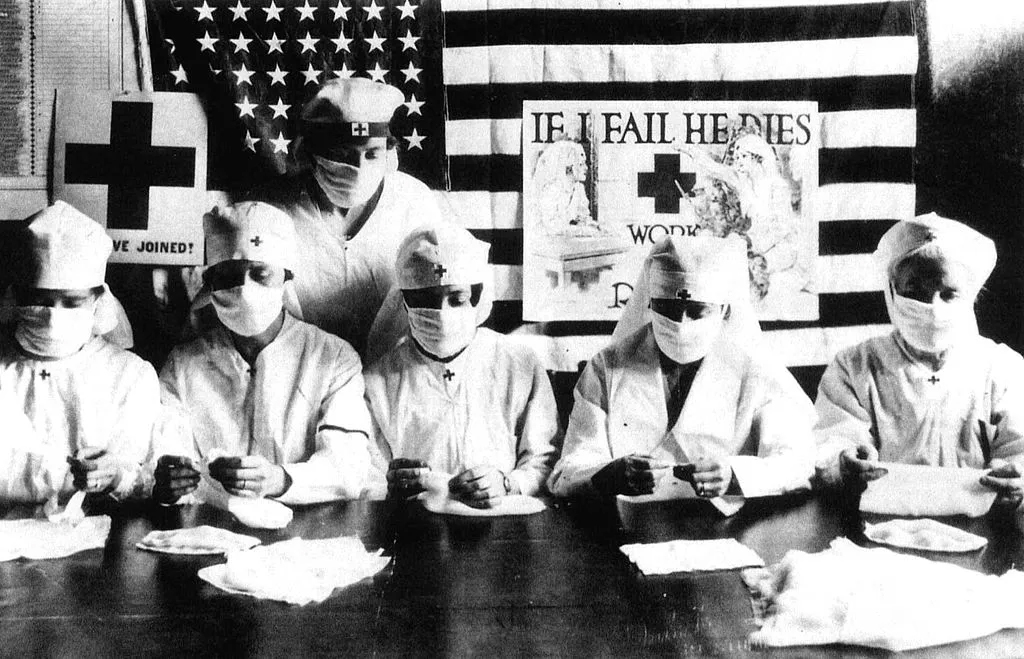
The COVID-19 pandemic has reminded virtually every one of the importance of history—and of understanding past pandemics in particular. Comparisons abound. Historical “lessons” have spread almost as rapidly as the virus. In particular, the 1918–19 influenza pandemic has become a major subject of interest. So, where do we stand?
In world historical terms we have arrived at an amazing moment: the fastest successful global race to not one but several effective vaccines in human history. Increasing production, distribution, and vaccinations by spring and early summer 2021 made the resumption of some sort of “normal” life seem possible, at least in countries with significant vaccine access. Yet just as optimism was dawning, the rise of the more infectious Delta and Omicron variants combined with the presence of large blocks of unvaccinated people has altered fundamentally the pandemic landscape.
In 1918 scientists and medical professionals searched desperately for an effective vaccine or treatment that might slow the spread and prevent deaths. Trains with prototypes raced across the United States to get needles into arms. But to no avail. In 2020, in contrast, with modern medical knowledge of viruses, DNA, and the human genome, massive scientific efforts paid off handsomely. By late 2020 there were several highly effective vaccines that had been developed across the globe. Yet, despite rising hopes, no scientific miracle seems likely to end this pandemic with ease, just as none emerged in 1918–19.
In April, 2022, a roundtable, "What Came Next?: Reflections on the Aftermath(s) of the 1918–19 Flu Pandemic in the Age of COVID," was held to discuss the relationship between COVID-19 and the 1918-19 flu. Read the transcript of the roundtable here.
